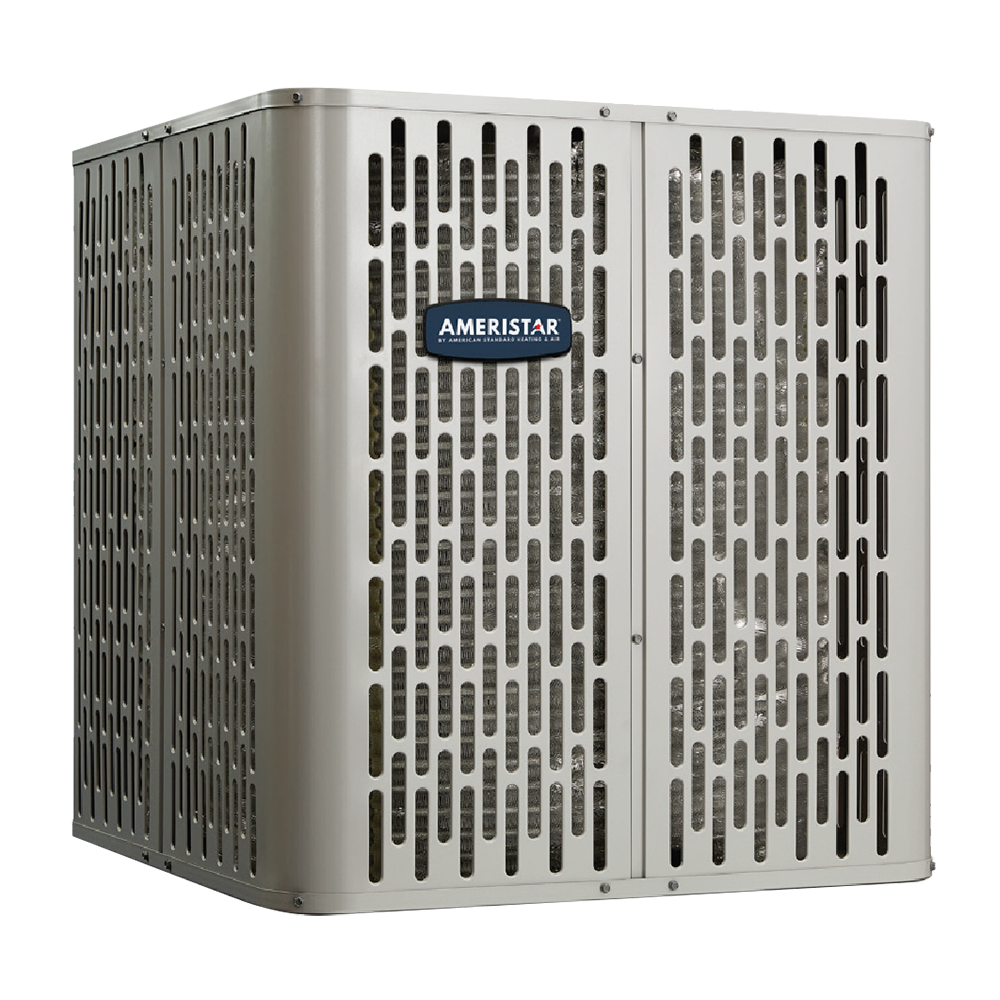Fraser Valley Heat Pump Installation
 Heat Pump Installation Company in the Lower Mainland.
Heat Pump Installation Company in the Lower Mainland.
With the cost of home heating fuel constantly on the rise, there’s never been a better time to explore alternative means of heating your home or business. At Sullivan Plumbing & Heating, we offer a complete range of heat pump installation services. We’re one of the Lower Mainland’s heat pump experts and are eager to help you save money and energy through efficient and accurate heat pump installation.
Benefits Galore & Rebates
Heat pumps are a great way to heat your home by drawing air from the outside. And just like an air conditioner, a heat pump can be used to cool your home or office. With a heat pump, there’s no need for separate heating and cooling systems—the heat pump does it all. And of course, heat pumps are better for the environment, as there’s no burning of fossil fuels. In fact, it’s hard to come up with reasons to pass up our heat pump installation services. With government rebates available, its a no brainer to get started with a new heat pump.
AC Installation Process: Step by Step
Here are a few key tips to understand how you can work with your technician for the AC installation process:
1. CONSIDER THE HEATING SYSTEM IN THE HOUSE
If your house is already having a heating system then it makes the process easy and inexpensive. All the technician needs to evaluate is does your heating system use a gas furnace or maybe a boiler. In either case, it’s important to understand that beforehand to make the necessary requirements.
2. FINALIZING THE AIR CONDITIONER UNIT
You don’t want to be in a situation where you end up getting an undersized system. Not only it will not cool the home properly but will also be consuming more energy. On the other hand, an oversized system may wear down much faster. So, that is where our professional air conditioning installation services comes into role.
3. UNDERSTANDING THE ENERGY EFFICIENCY OF THE UNIT
Our technician will help you understand the energy efficiency rating of your unit. What’s important to know is the SEER rating.
SEER stands for Seasonal Energy Efficiency Ratio, which should at least at the bare minimum, be 14. However, mostly efficient AC units these days are close to 20. Another label to consider is the ENERGY STAR rating.
This is a stamp that tells, your AC unit is efficient without compromising on performance.
4. FINALIZING THE AC UNIT LOCATION AT HOME
While finalizing the location on where the AC unit should align with its outdoor component, it is important to have your technician measure and asses the right place in your home.
For instance, it’s crucial to know the strength of the wall that will hold the AC. How much height from the ground should it be?
Another key aspect to consider would be for the outdoor unit. Proper placement, correct location and the right distance between the indoor and outdoor unit.
5. CONSIDER THE UTILITY FOR THE CIRCUIT BREAKER BOX
Every technician should evaluate the needs for additional electricity in your home. Do your electrical panel have enough room to add a breaker in order to support the AC? Old homes usually have small electrical panels, which means it might not be able to hold the AC load.
While researching for AC installation services in the Lower Mainland, it becomes integral to understand all of the above aspects to get the best unit for your home.

 Heat Pump Installation Company in the Lower Mainland.
Heat Pump Installation Company in the Lower Mainland.